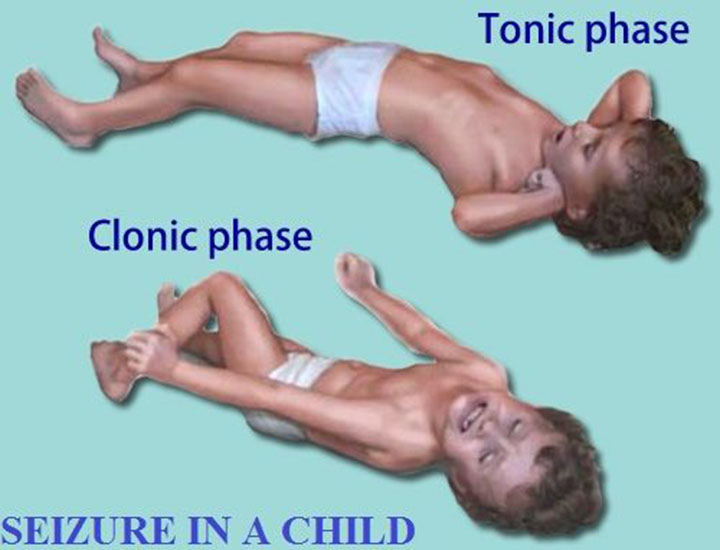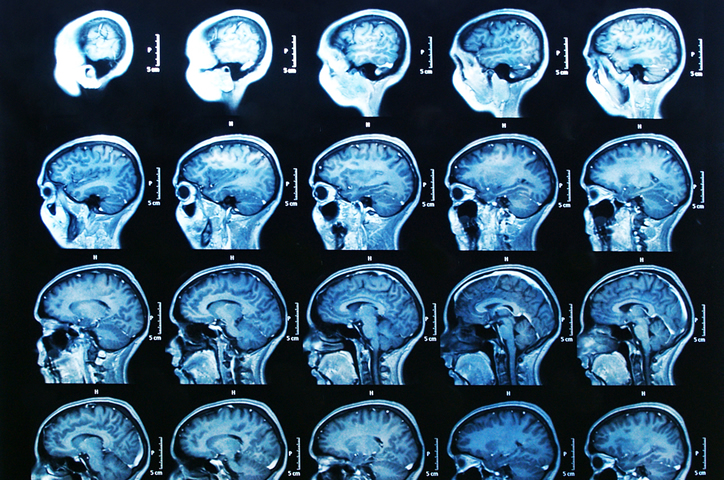
There are numerous different types of epileptic seizures. Many epileptic seizures are very unpredictable, hence epilepsy frequently rules the lives of those suffering from it. These seizures occur due to a disturbance in the electrical activity of the brain. They can start happening at any age, anytime, and to any person. Research shows that there are 40 different types of epileptic seizures that are well known. However, it’s important to note that they are not all the same. Patients show different symptoms depending on where the electrical activity spreads.
When a person near you has an epileptic seizure, it can be a very frightening experience. If the seizure lasts more than 5 minutes, it’s advisable that you call for medical help immediately. Seizures that affect the brain can be diagnosed using an EEG to determine the origin. The solitary way to control different types of epileptic seizures is the use of assorted combinations of anticonvulsive drugs and developing a well-balanced lifestyle.

Tonic Seizure
These are also called drop attacks. In this type of seizure, the muscles of the patient suddenly become stiff. The person’s eyes can roll back into their head and they can start making gargling noises. It’s a type of a generalized seizure that comes as a result of an abnormal activity of body muscles. The stiffness can last for about 20 seconds. They are very brief and come without a warning. These are called drop attacks because someone experiencing one can fall. If they fall, they are likely to injure the back of their head. One can even have multiple seizures in a row and lose consciousness.
Depending on where you are, dropping heavily on the floor is likely to hurt other parts of your body. The most common areas where you are likely to experience the stiffness are the chest, arms, and legs. When the chest muscles get stiff, it becomes harder to breathe, which can be life-threatening. There is no treatment for patients who experience tonic seizures. It is recommended that you stay with the patient for at least 20 minutes before you leave.
Clonic Seizure
During the seizure, the person’s muscles begin to spasm and jerk. It’s a more rare type of seizure. The movements are so intense that they cannot be stopped even by restraining the victim’s arms or legs. Sometimes the patient’s whole body can jerk. It can affect any person, at any age, and at any time. However, in children, jitters or nervous activity can be mistaken for this type of seizure. Some people may get the seizures frequently.
Giving first aid is not recommended for this type of seizure. Once the jerking stops, the person will often have a deep sigh to resume normal breathing. One may also feel tired and experience a headache. The seizures can last for a few seconds and then disappear. Clonic seizures can be diagnosed through an EEG test. Through proper medical therapy and nerve stimulation, the patient should get well after a short period of time.
Doctors prescribe medicines to patients that can help in preventing clonic seizures. If your child or loved ones are experiencing this type of seizure, you should seek immediate diagnosis and treatment.

Tonic-Clonic Seizure
This is a tonic seizure that is accompanied by a clonic seizure. It can affect both children and adults. It’s commonly referred to as the “grand mal.” Once a person experiences the seizure, he or she jerks their arms and legs. The muscles relax and tighten rhythmically. It usually lasts 1 – 3 minutes and the person can get injured easily during this time. If it lasts more than 5 minutes, one should call for medical attention immediately since it’s an emergency. However, after a few minutes, the jerking slows and stops. Victims can bite their tongue producing bloody saliva from the mouth. The victim can also get blue around the mouth. In addition, one can lose control, resulting in urination or involuntary bowel movement.
After the seizure, the person gains consciousness slowly but may look drowsy, confused or depressed. It’s diagnosed through an EEG test. A seizure that lasts for more than 10 minutes is a dangerous condition that needs emergency treatment. Tonic-clonic seizures can cause serious injury. Doctors can prescribe medicines to prevent future epileptic seizures. Being diagnosed and treated is important if you experience any of the above symptoms.
Featured Image Source: pinterest.com









